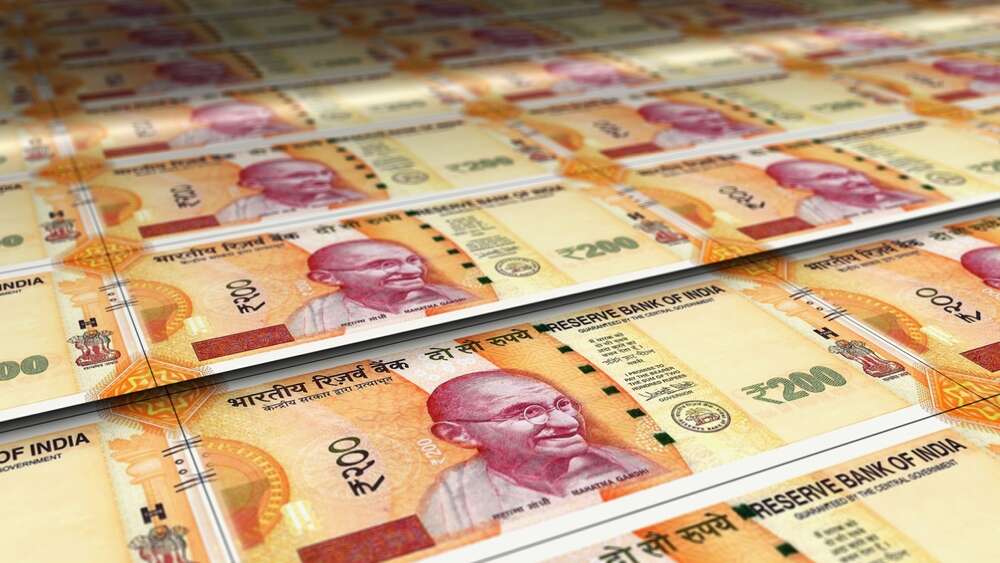
CBDCs are on the march. From China to the UAE, the Bahamas to Nigeria, countries around the world have started trialling the use of central bank digital currencies as a way to translate their national fiat currencies into a means of digital exchange. One of the drivers of these state-backed digital currencies is the dramatic decline of physical cash usage which, according to McKinsey, has plunged by approximately one-third in Europe between 2014 and 2021. The authority of digital payments is so strong because, in extremis, they are redeemable through the public cash issued by central banks. As the popularity of physical money diminishes, however, that nexus could break down. As these payment systems become increasingly global, therefore, central banks are eager to introduce CBDCs to reassert their roles as the anchors of capital.
Such was the rationale of the Reserve Bank of India (RBI) to officially begin piloting its own CBDC, the e-rupee, last week. The product of two years of research by the central bank, the RBI explained in a concept note published in October that the project would ‘bolster India’s digital economy, enhance financial inclusion, and make the monetary and payment systems more efficient.’ Backed by the State Bank of India, ICICI Bank, Yes Bank and IDC First Bank, the pilot will take place across select locations and groups across the country through a digital wallet offered by these institutions. There’s only one problem: the actual popularity of CBDCs in other democracies remains incredibly low.
Take Nigeria. It launched its own CBDC, the e-Naira, in October 2021. Since then, adoption has been lacklustre. Ten months after the e-Naira's launch, the governor of the Nigerian Central Bank admitted that the digital currency recorded just 200,000 transactions, worth a total of $9.5m. This stands in stark contrast to the estimated value of crypto transactions in the country, which totalled almost $20bn between July 2021 and June 2022, according to Chainalysis. Adesoji Solanke, a director at the investment bank Renaissance Capital, said that a lot of hope was also placed on the e-Naira to circumvent foreign exchange shortages, but it currently "does not address any of these basic use cases". As of May this year, just 80 retail merchants have signed up for the country’s CBDC, while as of last week the total number of downloads for the e-Naira app amounted to 500,000 - equivalent to just 0.25% of the Nigerian population.
A similar pattern has played out in the Caribbean, home to the Bahamian Sand Dollar, Jamaica's JAM-DEX, and DCash, used in eight islands across the region's eastern littoral. While in Nigeria the national debate surrounding the uptake of CBDCs has been dominated by the government's hostility to cryptocurrencies, the conversation across these island nations has been defined by how they could improve financial inclusion: an estimated 17% of Jamaicans and 18% of Bahamians, for example, remain unbanked. Even so, only 3.4% of the former's citizens have downloaded the Lynk app, while this figure is even lower for downloads of the DCash and the Sand Dollar.
Its prospective audience may have been unnerved by the many technical glitches that have afflicted CBDCs in the region. In Jamaica, for example, on-boarding merchants has proven embarrassingly difficult, while at the start of the year, DCash went offline for two months after the certificate for the network which hosts the CBDC distributed ledger expired. Additionally, while the IMF praised the digital currency for its potential to foster financial inclusion, it encouraged the Bahamian government to 'accelerate its education campaigns and continue strengthening internal capacity—including on cybersecurity—and oversight of the CBDC project to safeguard financial integrity.'
Indeed, the only case of a CBDC performing above and beyond expectations has been that of the digital yuan. Also known as the e-CNY, the People's Bank of China began trialling the digital currency in September 2021. Since then, transactions using the CBDC have surpassed $13.9bn, a success that some have attributed to its introduction into an economy where digital payments have almost eclipsed those using cash and where cryptocurrencies are vigorously suppressed. Active promotion by the central government also hasn't hurt - a campaign outwardly premised on the role the digital yuan could play in reducing systemic risk in the national payments system but also, some have speculated, on the fact that it provides another opportunity for the state to peer into private individual transactions.
India is another case entirely. Here, the national conversation surrounding the launching of the digital rupee has been heavily defined by the government's hostility to cryptocurrencies, motivated by the perceived threat they pose to the stability of the country's financial system and their pervasive use in financial scams. Earlier this year, for example, Satish Kumbhani, the founder of BitConnect, was indicted by the United States Department of Justice for ‘orchestrating a global Ponzi scheme,’ defrauding investors out of $2.4bn. As such, the Indian government has attempted to use all the powers at its disposal to crush crypto, imposing a 30% tax on income derived from trading cryptocurrencies (an outright legal ban was quashed by the Supreme Court in 2018.) Despite this, India remains a global leader in cryptocurrency adoption, ranking fourth globally according to Chainalysis and trading some $172bn of BTC, ETH and other coins in the year leading up to June 2022.
Part of the reason for such high usage is down to the significant market for remittances across India, which the World Bank has estimated to be valued at $100bn this year. More Indian expats are now turning to crypto for cross-border payments, eschewing established financial institutions that take a hefty chunk of each transaction. A digital rupee might, its advocates hope, offer consumers a state-sponsored alternative that isn't hostage to scams, outages and extreme market volatility. Even so, researchers from PwC recently argued, while the CBDC could theoretically facilitate faster remittance payments, that can only happen if other major economies collaborate on the necessary infrastructure for it.
For now, though, the Indian government appears to be taking a cautious stance on rolling out the digital rupee, having restricted its pilot initially to the 'settlement of secondary market transactions in government securities.' Its reception across India's banking sector has been tepid, with financiers telling Reuters that settling such transactions using digital rupees is inefficient compared to traditional methods. "I don't think once the pilot is concluded, without any RBI pressure, banks will want to use it," said one private banker. If the global track record of CBDCs is anything to go by, neither will Indian consumers.
Read more: India’s semiconductor ambitions are grand. Fulfilling them will take a lot of work
Featured image by PerlaStudio/Shutterstock






